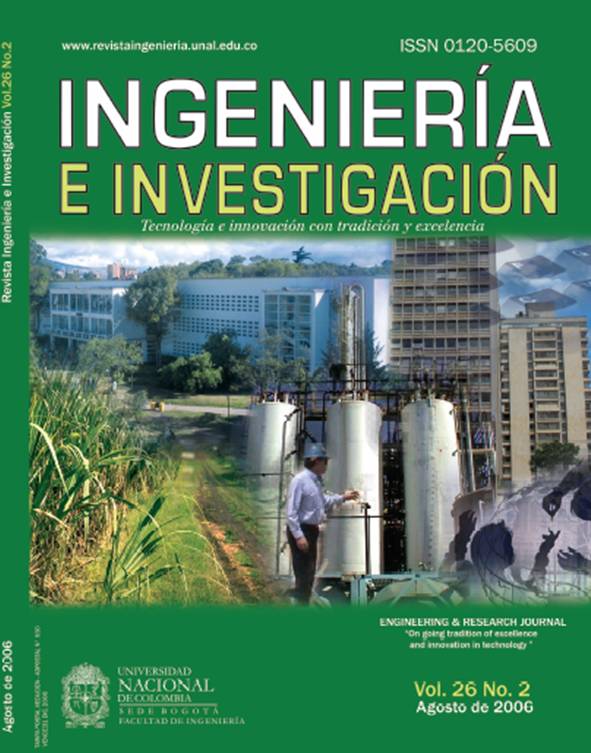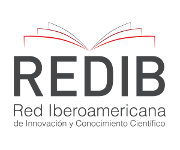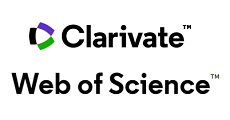Economic feasibility study regarding the applicability of ultrasonic inspection of the Cuban sugar industry’s sugarcane mill shafts
Valoración económica sobre la aplicabilidad de inspección ultrasónica a los árboles de los molinos de caña de azúcar para la industria azucarera cubana
DOI:
https://doi.org/10.15446/ing.investig.v26n2.14731Keywords:
inspection, lifecycle cost, sugar mill, shaft (en)inspección, costo del ciclo de vida, ingenio, árbol (es)
Downloads
This article evaluates the economic feasibility of carrying out ultrasonic inspection of sugar-mill shafts. Four alternatives are considered, including the most frequently encountered scenarios. How and when inspections are carried out is analysed, periods between inspections being established by a fatigue-crack growth propagation approach. The lifecycle cost approach was applied for economic evaluation. Operation, maintenance and energy consumption costs were thus taken into consideration. The conclusion was drawn that it is highly advisable to use high performance ultrasonic inspection. Introducing ultrasonic inspection (according to the period of time obtained by fracture mechanics model) could lead to a saving of half a million dollars per year for the Cuban sugarcane industry in the current conditions.
Se presenta un análisis económico que evalúa la factibilidad de emplear inspección ultrasónica para los árboles de los molinos de caña de azúcar. Se emplean cuatro variantes de sustitución de los árboles de los molinos que recrean los escenarios más frecuentes. Se incluye la alternativa de utilizar inspección ultrasónica, con periodos de tiempo entre inspecciones filados según un modelo de propagación de grietas de fatiga. En la valoración económica se utiliza el criterio del costo del ciclo de vida; teniendo en cuenta los costos de operación, mantenimiento y energía que influyen sobre los árboles de los molinos de caña de azúcar. Se llega a la conclusión de que es bastante recomendable emplear inspección ultrasónica con un nivel alto en las especificaciones del procedimiento. Con la introducción de la inspección ultrasónica, según los tiempos obtenidos por el modelo de mecánica de la fractura, es posible lograr un ahorro de medio millón de dólares por año para las condiciones existentes en la industria azucarera cubana.
References
Arzola, N., Esquema de análisis para los árboles de los molinos de caña de azúcar y aplicación de la Mecánica de la Fractura en la evaluación de la falla por fatiga. Tesis presentada a la Universidad Central de las Villas para optar por el grado de Doctor en Ciencias Técnicas, 2003.
Blank, L. y Tarquin, A.., Ingeniería económica, Mc Graw Hill Interamericana, 2004, pp. 796.
Dowling, N. E., Mechanical behavior of materials: engineering methods for deformation, fracture, and fatigue., Upper Saddle River (NJ): Prentice Hall, cop., 1999, pp. 239-550.
Económicas: Costo del ciclo de vida. Stand-alone Photovoltaic Systems a Handbook of Recommended Design Practices, New México: Editor: Photovoltaic Design Assistance Center, Sandia National Laboratories, Albuquerque, New México, 1995., pp. 59 - 67.
Fernández, G. S., Investigación sobre el origen y desarrollo de la falla en árboles de molinos de centrales azucareros. Tesis presentada a la Universidad Central de las Villas para optar por el grado de Doctor en Ciencias Técnicas, 1982.
Hugott, E., Manual para ingeniero Azucareros. /E. Hugott. México: Compañía Editorial Continental, S.A, 1986, pp. 803.
Jenkins, G.H., Introducción a la tecnología del azúcar de caña / G. H. Jenkins. La Habana: Edit. Ciencia y Técnica, 1971, pp. 568.
Socie, D. F. y Marquis G. B., Multiaxial Fatigue., Society of Automotive Engineers, 2000, pp. 232 - 272. DOI: https://doi.org/10.4271/R-234
How to Cite
APA
ACM
ACS
ABNT
Chicago
Harvard
IEEE
MLA
Turabian
Vancouver
Download Citation
License
Copyright (c) 2006 Nelson Arzola de la Peña

This work is licensed under a Creative Commons Attribution 4.0 International License.
The authors or holders of the copyright for each article hereby confer exclusive, limited and free authorization on the Universidad Nacional de Colombia's journal Ingeniería e Investigación concerning the aforementioned article which, once it has been evaluated and approved, will be submitted for publication, in line with the following items:
1. The version which has been corrected according to the evaluators' suggestions will be remitted and it will be made clear whether the aforementioned article is an unedited document regarding which the rights to be authorized are held and total responsibility will be assumed by the authors for the content of the work being submitted to Ingeniería e Investigación, the Universidad Nacional de Colombia and third-parties;
2. The authorization conferred on the journal will come into force from the date on which it is included in the respective volume and issue of Ingeniería e Investigación in the Open Journal Systems and on the journal's main page (https://revistas.unal.edu.co/index.php/ingeinv), as well as in different databases and indices in which the publication is indexed;
3. The authors authorize the Universidad Nacional de Colombia's journal Ingeniería e Investigación to publish the document in whatever required format (printed, digital, electronic or whatsoever known or yet to be discovered form) and authorize Ingeniería e Investigación to include the work in any indices and/or search engines deemed necessary for promoting its diffusion;
4. The authors accept that such authorization is given free of charge and they, therefore, waive any right to receive remuneration from the publication, distribution, public communication and any use whatsoever referred to in the terms of this authorization.



























